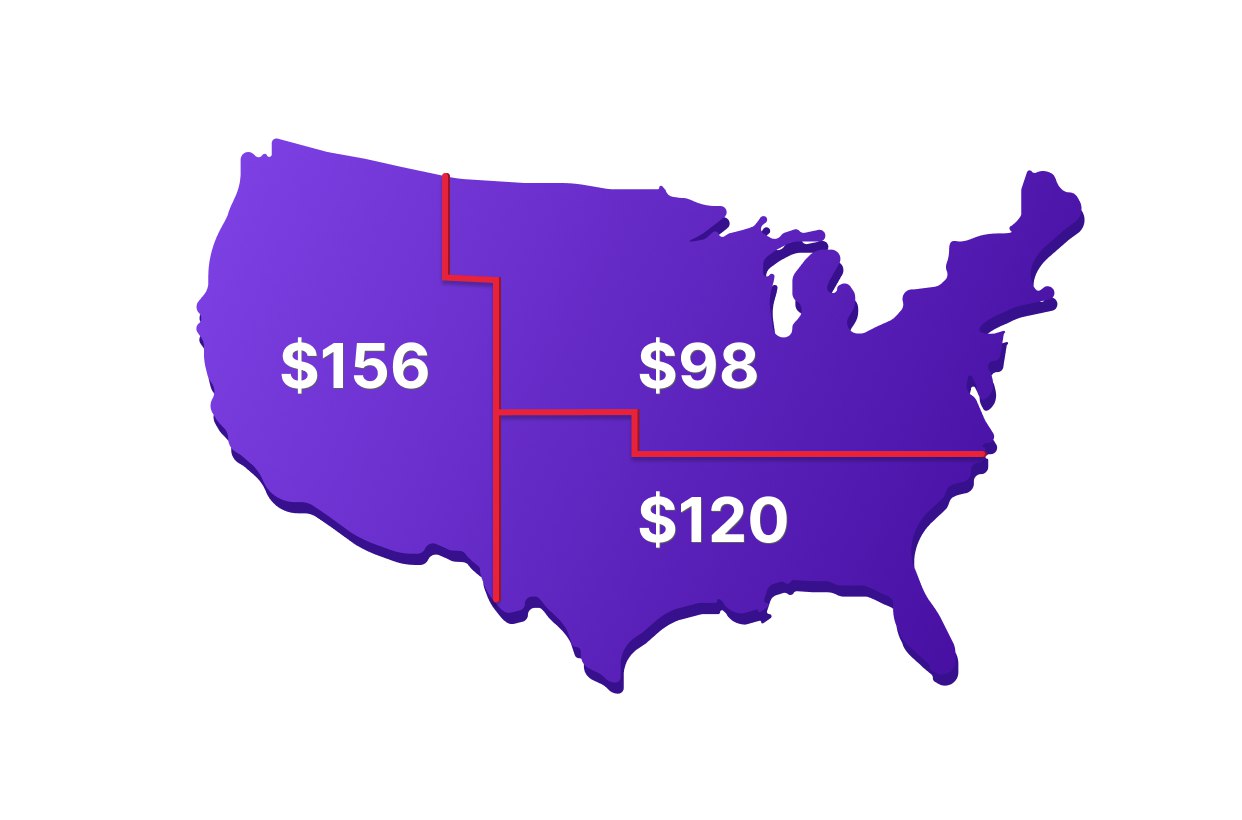Geographic location plays a significant role in content marketing pricing by influencing how businesses set prices based on regional economic conditions, market demand, purchasing power, and logistical costs. This approach, known as geographical or location-based pricing, allows content marketers to tailor their pricing strategies to different markets to optimize revenue, remain competitive, and build local customer trust.
Key factors explaining the role of geographic location in content marketing pricing include:
-
Local Market Demand and Purchasing Power: Content marketing prices vary depending on the economic strength and demand in a region. For example, prices tend to be higher in affluent areas with strong demand and lower in regions with less purchasing power to remain affordable and competitive.
-
Cost of Doing Business: Differences in operational costs such as taxes, tariffs, regulatory fees, and logistics (including content delivery and localization expenses) vary by location and impact pricing decisions.
-
Competitive Landscape: Geographic pricing helps content marketers adjust rates based on local competition and consumer expectations, enabling them to offer premium or value-based pricing accordingly.
-
Market Segmentation and Expansion: Geographic pricing supports segmenting markets by location, allowing content marketers to customize offerings and prices for different regions, which is especially important for international expansion or targeting diverse urban vs. rural audiences.
-
Customer Trust and Satisfaction: Pricing aligned with local economic realities fosters trust and loyalty, as customers perceive prices as fair and relevant to their context.
-
Technology and Data Usage: Content marketers use IP addresses, cookies, and geo-targeting tools to identify customer locations and dynamically adjust pricing or content offers to maximize engagement and conversion.
In summary, geographic location influences content marketing pricing by enabling businesses to adapt prices to local economic conditions, customer behavior, and operational costs, thereby maximizing profitability and customer satisfaction across diverse markets. This strategy is essential for companies serving multiple regions or expanding internationally.




